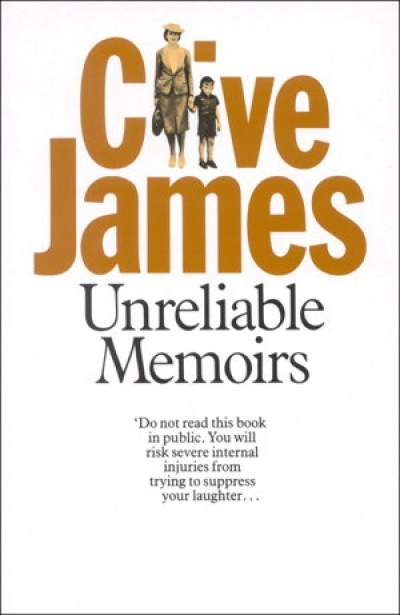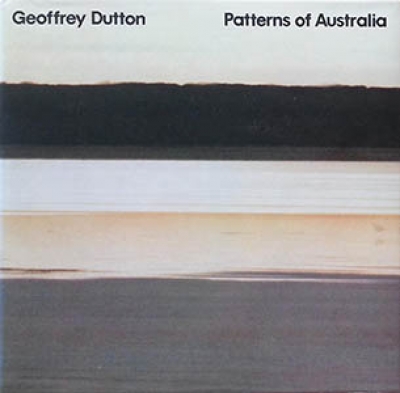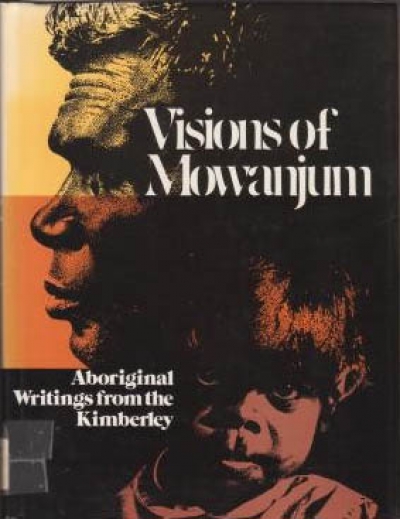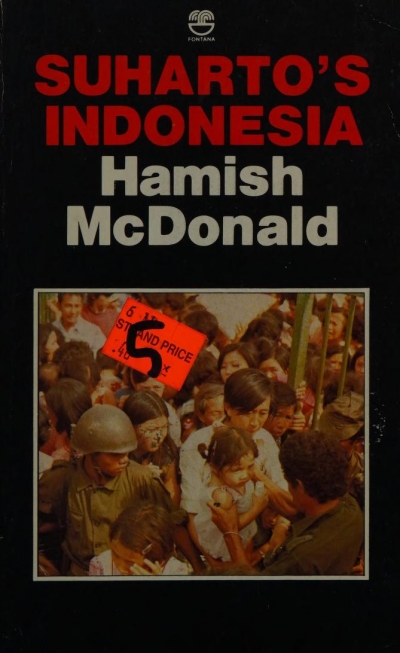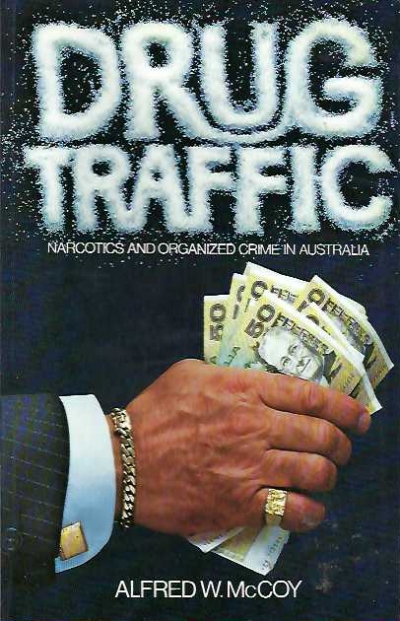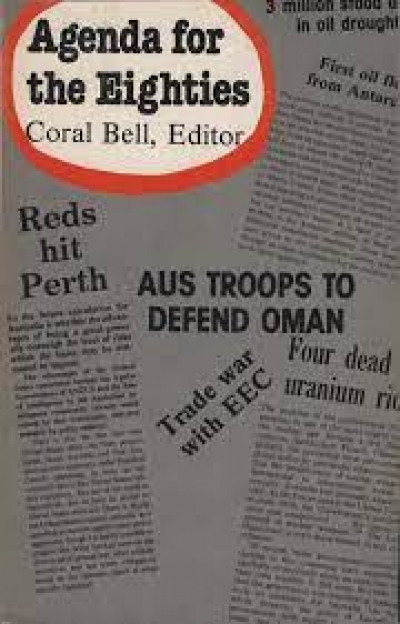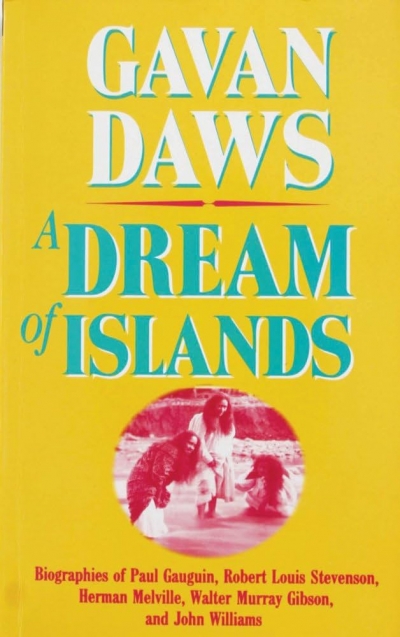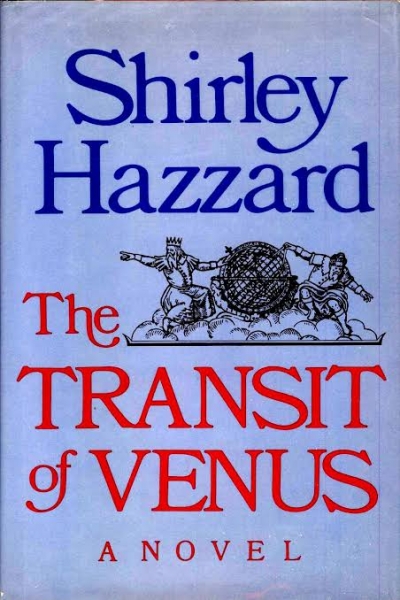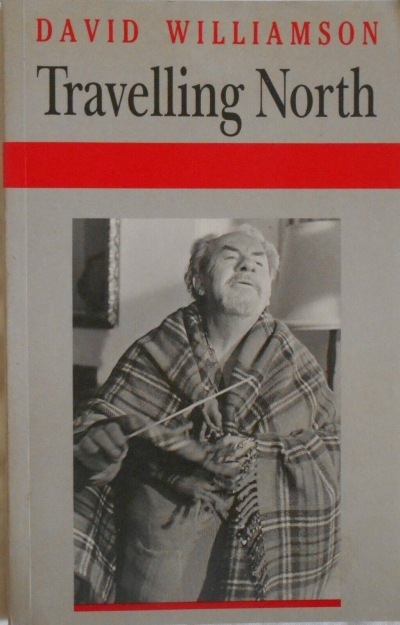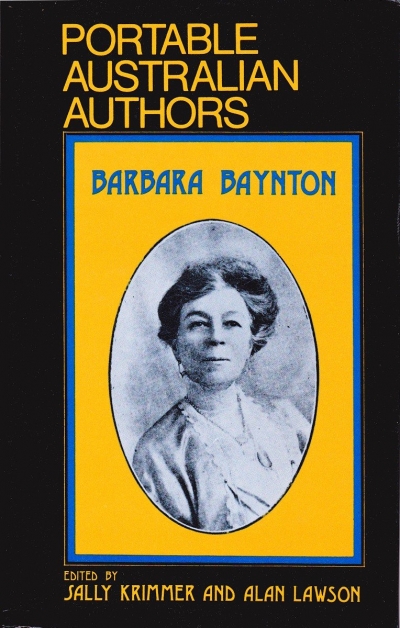Archive
Visions of Mowanjum: Aboriginal Writings from the Kimberley by Daisy Utemomorrah et al; Maisie McKenzie
by David Martin •
Drug Traffic, narcotics and organized crime in Australia by Alfred W. McCoy
by George Munster •
Agenda for the Eighties: Contexts of Australian choices in foreign defence policy edited by Coral Bell
by Geoffrey Williams •
A Dream of Islands: Voyages of self-discovery in the south seas: John Williams, Herman Melville, Walter Murray Gibson, Robert Louis Stevenson, Paul Gaugin by Gavan Daws
by Bernard Smith •
Barbara Baynton (Portable Australian Authors) edited by Sally Krimmer and Alan Lawson
by John McLaren •

